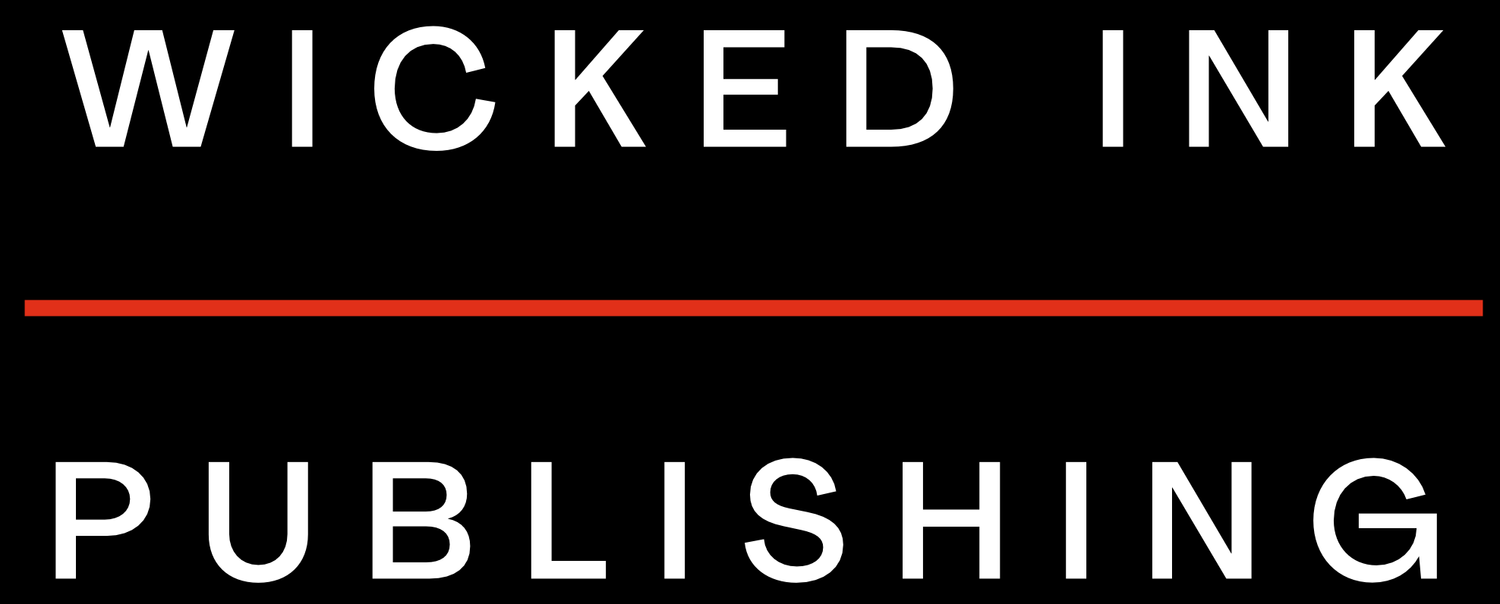The Difference Between Copy Editing and Proofreading (And Why It Matters)
When it comes to ensuring your writing is polished and professional, the terms "copy editing" and "proofreading" are often used interchangeably, but they actually refer to two distinct stages in the editing process. Understanding the difference between them is crucial to getting the best results for your written work. Whether you're preparing a manuscript, a blog post, or any other type of content, knowing what each service entails—and why it matters—can help you make informed decisions when choosing a professional editor.
What is Copy Editing?
Copy editing is a comprehensive review of your writing that focuses on improving clarity, coherence, and consistency. A copy editor addresses the following:
Grammar and Syntax: Ensuring that sentences are structurally sound and free of errors, making the writing easy to understand.
Style and Tone: Adjusting the writing to maintain a consistent tone throughout the piece, making sure it aligns with the intended audience and purpose. This might include adapting the text to fit formal, casual, or conversational styles.
Sentence Flow and Structure: Enhancing readability by improving sentence structure, eliminating unnecessary words, and ensuring smooth transitions between ideas.
Consistency: Ensuring consistency in spelling, punctuation, capitalization, formatting, and other style choices, including checking adherence to style guides like the AP, Chicago Manual of Style, or house-specific guidelines.
Fact-Checking: Verifying that the information presented is accurate and relevant, though this depends on the type of editing service you're receiving.
Copy editing often involves a deeper level of engagement with the content, as it aims to improve the overall quality and effectiveness of the writing. At this stage, the editor may suggest rewrites or reorganizations of paragraphs to improve the structure and flow of the content.
What is Proofreading?
Proofreading, on the other hand, is the final step in the editing process. It is a detailed check for surface-level errors such as:
Spelling mistakes
Grammar errors
Punctuation issues
Typos
Formatting inconsistencies
Proofreading involves going over the text with a fine-tooth comb, focusing on minor errors that may have been overlooked during the writing or copy editing stages. Proofreaders do not make significant changes to the content’s structure or style. Instead, their role is to ensure that the text is error-free and ready for publication.
Why Does It Matter?
The distinction between copy editing and proofreading is significant because they serve different purposes and are performed at different stages of the writing process. Here’s why understanding this difference matters:
Quality of the Writing: Copy editing ensures your writing is clear, cohesive, and effective in delivering your message. A well-executed copy edit enhances readability and ensures that your content resonates with your intended audience.
Accuracy and Professionalism: Proofreading catches the final errors that could detract from the professional appearance of your work. A well-proofread piece shows that you’ve taken care with the details and ensures that your content is polished before it reaches your readers.
Efficiency: Understanding when to engage a copy editor versus a proofreader can save you time and money. If your content is still in the draft stage, copy editing can help shape it into a finished piece. Proofreading should be the last step before publication, catching the final few errors that might have slipped through the cracks.
When Do You Need Both?
In most cases, both copy editing and proofreading are necessary to ensure a high-quality piece of writing. However, the extent to which each service is required depends on the stage of your content. If your piece is well-written but you want to make sure it is error-free and professional, a proofreader will suffice. If you need more substantial changes to improve clarity, structure, or tone, a copy editor is the best choice.
For the best results, it’s a good idea to have your content go through both stages. After the copy editing process, a final round of proofreading ensures that no errors are left to distract from your message.
Conclusion
Understanding the difference between copy editing and proofreading—and when to use each—is essential to producing high-quality writing. Whether you're crafting an article, novel, report, or marketing copy, each step in the editing process plays an important role in delivering a polished and professional final product. By knowing when to seek out a copy editor and when to bring in a proofreader, you can ensure that your writing stands out for all the right reasons.
Ready to take your content to the next level? Let us help with both Copy Editing and Proofreading services tailored to meet your needs. Contact us today to get started!
